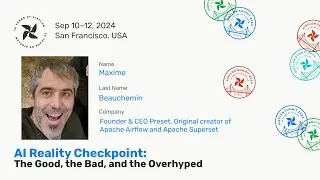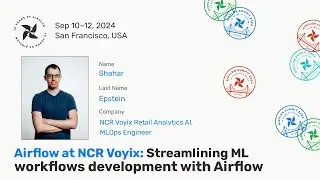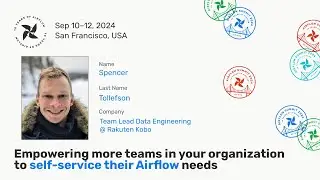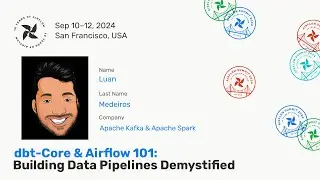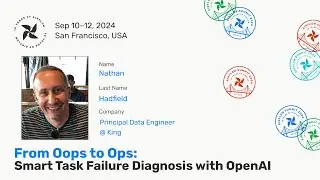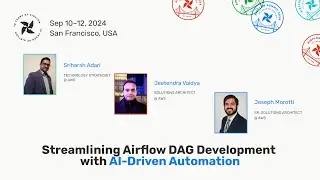Boost Airflow Monitoring and Alerting with Automation Analytics & Intelligence
This talk was presented by Broadcom at Airflow Summit 2024.
Airflow’s “workflow as code” approach has many benefits, including enabling dynamic pipeline generation and flexibility and extensibility in a seamless development environment. However, what challenges do you face as you expand your Airflow footprint in your organization? What if you could enhance Airflow’s monitoring capabilities, forecast DAG and task executions, obtain predictive alerting, visualize trends, and get more robust logging?
Broadcom’s Automation Analytics & Intelligence (AAI) offers advanced analytics for workload automation for cloud and on-premises automation. It connects easily with Airflow to offer improved visibility into dependencies between tasks in Airflow DAGs along with the workload’s critical path, dynamic SLA management, and more.
Join our presentation to hear more about how AAI can help you improve service delivery. We will also lead a workshop that will allow you to dive deeper into how easy it is to install our Airflow Connector and get started visualizing your Airflow DAGs to optimize your workload and identify issues before they impact your business.
-----
(AI generated summary)
This presentation introduces Broadcom's AAI, an observability platform for automation solutions, including Airflow. It highlights the challenges faced in the automation world and how AAI addresses them.
*Challenges:*
*Siloed Views:* Multiple automation solutions (Airflow, Autosys, Control-M) operate independently, making centralized monitoring difficult.
*No Critical Path Visibility:* With countless jobs running daily, pinpointing bottlenecks and crucial dependencies is challenging.
*Unpredictable Service Delivery:* Lack of observability makes it difficult to ensure the timely and reliable delivery of business services.
*Lack of Historical Insight:* Valuable historical execution data is underutilized for future prediction and service improvement.
*AAI Solutions:*
*Unified Observability:*
Consolidates data from various automation solutions (Airflow, Autosys, Control-M, etc.) into a single platform.
Organizes jobs into a business-oriented hierarchy, making data understandable for business users.
*SLA Management:*
Allows defining SLAs for business services represented by Airflow DAGs or other automation tasks.
Provides default SLAs based on historical data, customizable by users.
Offers dynamic critical path visibility, highlighting bottlenecks and areas for optimization.
*Automation Intelligence:*
Leverages historical data to predict job completion times and potential SLA breaches.
Enables proactive alerting, notifying users of potential issues hours in advance.
Reduces alert noise by focusing on SLA-impacting events.
*Key Features:*
*Business Area Hierarchy:* Organizes automation data by lines of business and processes.
*Dynamic Dashboards:* Provides real-time insights and historical reports tailored for different user roles.
*Predictive Analytics:* Uses historical data and machine learning to forecast job completion and SLA adherence.
*Alert Noise Reduction:* Minimizes unnecessary alerts by focusing on SLA-related events.
*Benefits:*
*Improved Service Delivery:* Ensures timely and reliable execution of business-critical processes.
*Enhanced Visibility:* Provides a clear understanding of automation workflows and their impact on the business.
*Proactive Issue Resolution:* Predictive analytics and timely alerts enable proactive problem-solving.
*Data-Driven Optimization:* Historical data insights facilitate continuous improvement of automation workflows.
*Overall:*
Broadcom AAI offers a comprehensive solution for monitoring and optimizing automation environments. It addresses key challenges by providing unified observability, robust SLA management, and intelligent predictions based on historical data. This results in improved service delivery, enhanced visibility, and proactive issue resolution for businesses relying on automation.












